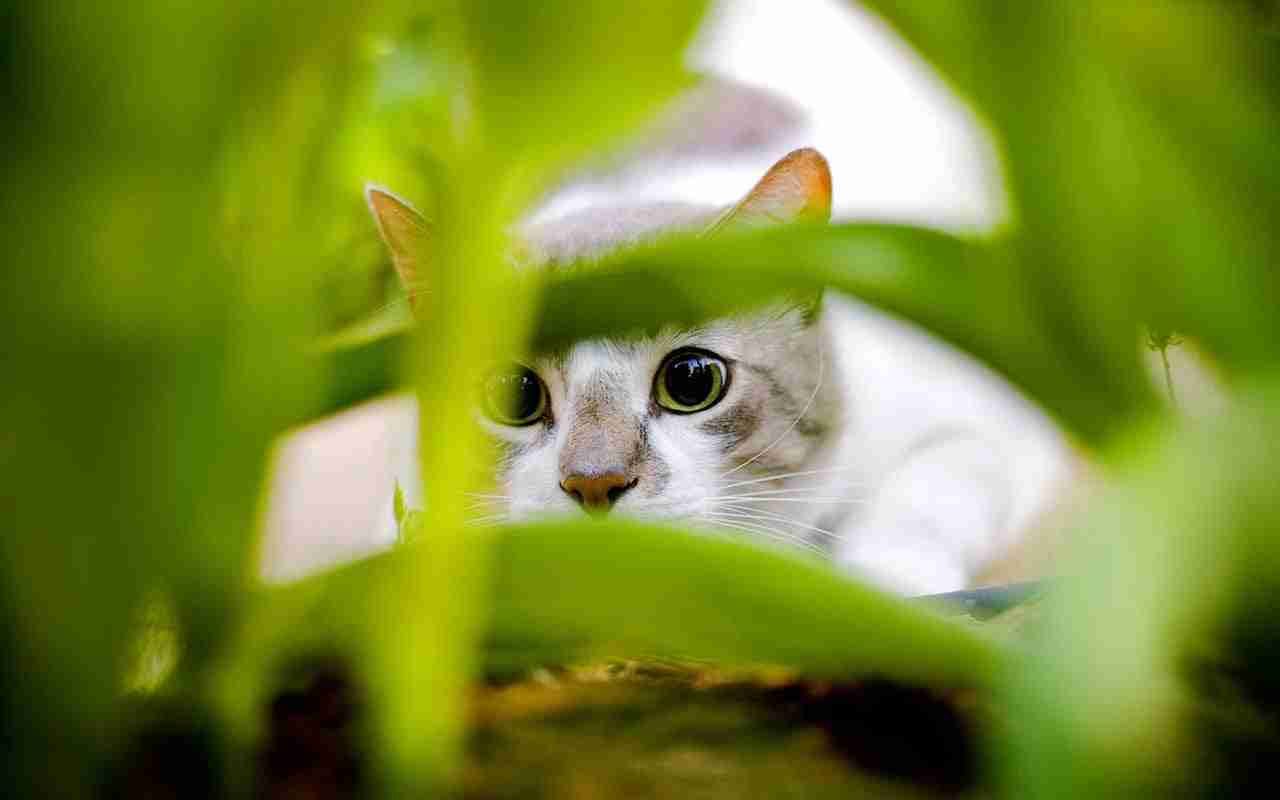The wild nature of cats: the truth is in their DNA


The holiday season is a favourite time of year for many. What is there not to like when it comes to decorating your house with Christmas lights and ornaments and...
Domestic cats are our beloved companions at home, but what do you know about their wild cat cousins? We are not talking about lions, tigers or leopards, but other types...
Elegant, quick-witted and… sleepyheads! Yes, cats sleep a lot! And they apparently dream, just like we do. The image often portrayed of cats stretched out in the sun or...
Whether you are simply driving to the shops for a few kilometres or going on a road trip across the country, chances are you will take your dog with you at some stage....